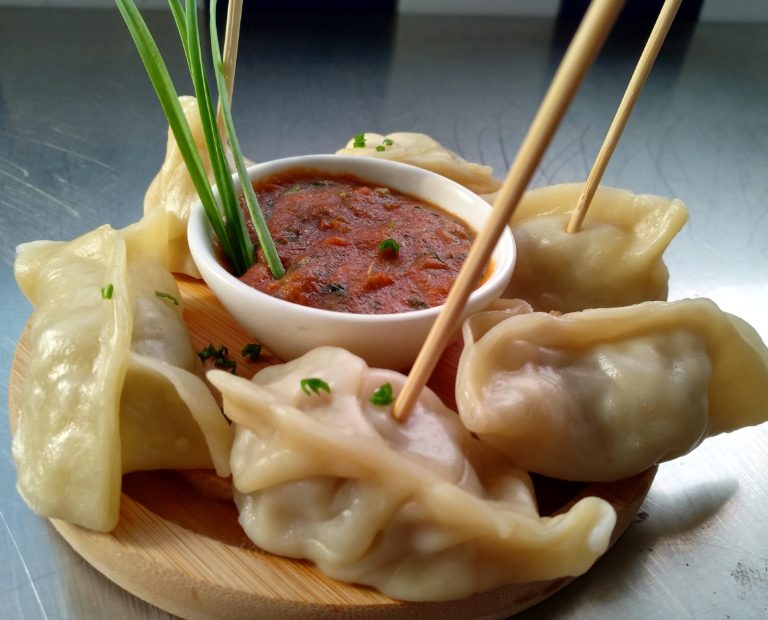Chinese cooking is one of the most seasoned and most differing on the planet. Every one of the 23 areas inside China has its own cooking style – from the red-hot warmth of the Sichuan, Hunan and Jiangxi regions to the sheep and sheep dishes in Beijing, a territory impacted by the intrusion of the Tartar and Mongol individuals and their Muslim customs and fixings.
Of all the Chinese districts, it is the cooking in the Guangdong (or Canton) Province that is the most changed. The Cantonese are prestigious for eating nearly everything, including offal, chicken feet, snakes and snails. By chance, it is because of the vast number of early exiled people from Guangdong that when Westerners talk about Chinese sustenance, they’re typically alluding to the Cantonese food.
The remarkable culinary specialty of Dim Sum started in China a huge number of years prior. As indicated by a few sources the primary Dim Sum was made 2,500 years back, as clear in the verse and music of that time.
Although Dim Sum is inseparably connected to Cantonese cooking, it really did not start in Canton. The primary Dim Sum is accepted to have been made in Northern China and has changed and grown hugely throughout the hundreds of years. The names of these little treats have additionally step by step changed.
Initially it was a restrictive extravagance made for the Emperor and his family, yet it was likewise appreciated by the well off. In the end it was likewise served in tea houses, especially the bustling tea houses along the well-known Silk Road.
In the mid twentieth century there were numerous advancements in the realm of Dim Sum. The relatives of the Manchurian domain did not have to work so to relax they frequented eating and drinking foundations. Tea houses and eateries competed with one another for business by offering Dim Sum in regularly expanding assortments.
Dim Sum means “Touch the Heart” in Chinese. The little parts were intended to only touch the heart not satiate the craving, and thusly were first delighted in as tidbits. After some time, notwithstanding, yum cha has advanced, and the food is currently an essential piece of Chinese culture.
In southern China, and explicitly Hong Kong, numerous eateries begin serving faint whole as ahead of schedule as five in the first part of the day. It’s usually put stock in the culinary world that yum cha roused ‘informal breakfast’ as it’s so frequently delighted in early in the day. Customary dim restaurants don’t serve dinner; rather, they open unbelievably early and shut in the early evening. Notwithstanding, progressively present day yum cha eateries serve dim sum total for the duration of the day and into the night to fulfil the expanding interest for the little pieces.
Dim sum entirety has developed from a loosening up roadside relief to a supper that you can appreciate whenever of the day or night. In like manner, the dim sum whole delighted in a huge number of years prior has changed to reflect different societies, contrasting starting with one nation then onto the next. Nonetheless, the ethos behind yum cha and dim sum total continues as before: it is nourishment to be delighted in encompassed by the general population that you cherish.
5 Most Popular Dim Sum Dishes
- Pork and shrimp dumplings (siu mai) are moulded into a little glass and finished with mushrooms. This steamed delicacy is an absolute necessity have thing on the coffee table.
- Barbecue pork buns (char siu bao) can be steamed or heated including pork, shallots and dim sweet grill sauce. Buns are likewise well known remove breakfast things for occupied individuals, and can be found in voyaging nourishment trucks all over Guangzhou amid the morning surge hour.
- Phoenix claws (fung zao) or on the other hand chicken feet may appear to be an odd treat, however after profound broiling, bubbling, marinating and steaming they turn into a nearby delicacy. Dark bean sauce offers flavour to the delicate sticky ligament underneath the skin.
- Congee (zuk) is appetizing rice porridge that can be filled in as is or with meat and vegetables. It’s a prominent breakfast thing whether made at home or delighted in at an extravagant diminish total eatery.
- Rice noodle rolls (cheong fun) are an absolute necessity thing at the morning meal table for any Cantonese. Distinctive fillings like meat, eggs, pork or shrimp are moved inside wide steamed rice noodles. A sprinkle of sweet soy source is poured on top to expand the taste.
Momos vs. Dim Sum
Here are the differences between the two –
- Dim sums are of Chinese origin while momos are Tibetan.
Dim sums are small bite-sized portions of food which are offered as an accompaniment with tea in China. Meaning ‘touch the heart’ in Chinese, dim sums are merely enjoyed as light snacks and are not eaten to sate the appetite. In Tibet, momos are considered an unofficial national dish where they are served with hot and spicy chilli sauce.
- While momos can be defined as steamed dumplings with stuffing inside, dim sums are not limited to that.
There are almost 2000 types of dim sums available in the food market, for example, chicken feet, lotus-leaf-wrapped sticky rice, congee, sweet items like egg tarts and custard buns etc. You might be surprised spring rolls are also a type of dim sum!
- Momos are stuffed dumplings which are essentially made of wheat flour while dim sums can be made with any kind of starch.
Dim sums can be made with anything ranging from rice starch, potato starch or wheat starch.
- Lastly, you will never see a dim sum stall by a roadside. It is more of a fine dining affair. However, it is not the same with momos. One can find a momo stall at any corner or a food court.

